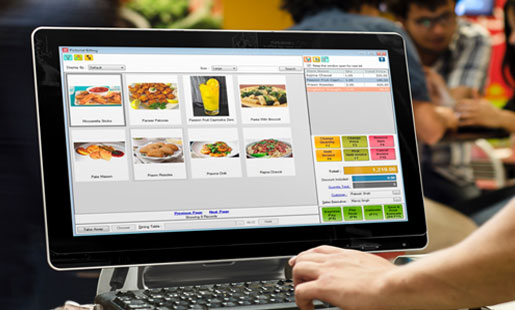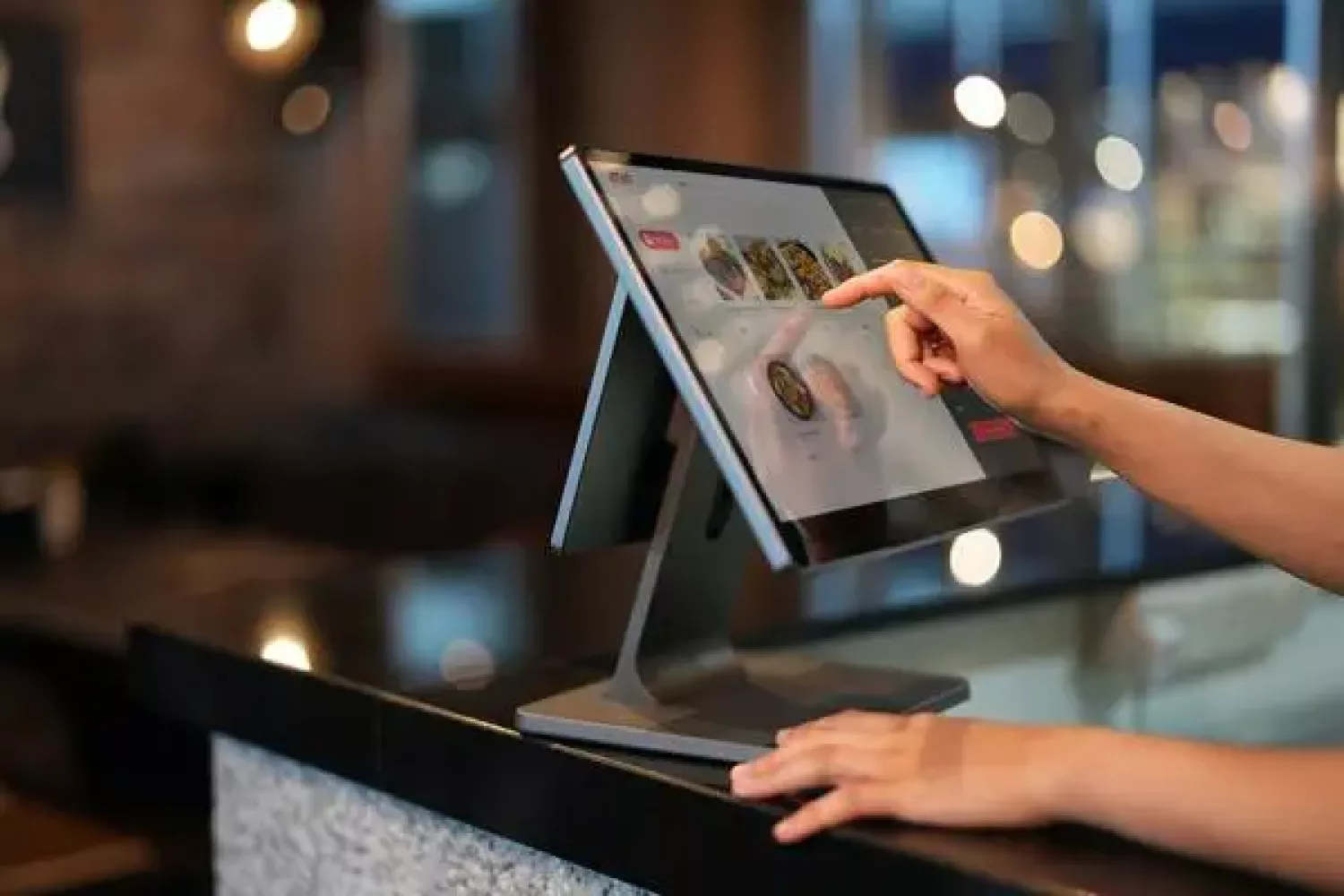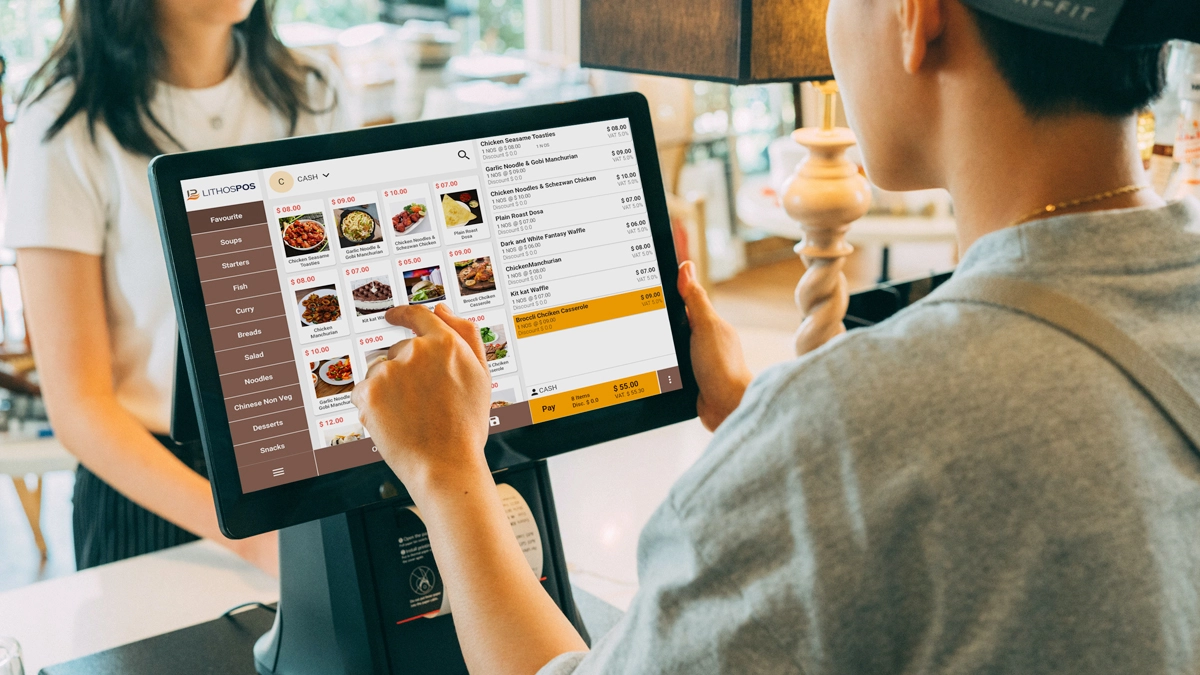Scaling Your Business? Why Your POS System Needs to Grow With You

Growth is great—until your point of sale (POS) can’t keep up. What worked for a single store, a handful of staff, or a limited product catalog can quickly become a bottleneck when you add new locations, new channels, or new customer expectations. A scalable POS isn’t just “nice to have”; it’s core infrastructure that either accelerates or constrains your expansion.
In this post, we’ll unpack why your POS must scale alongside your business, the signs it’s time to upgrade, and the capabilities to insist on when you do.
When Growth Outpaces Your POS
If any of these feel familiar, your POS is holding you back:
- Manual workarounds everywhere: Spreadsheets for inventory, separate tools for online orders, or hand-keyed reports.
- Limited multi-location support: You can’t centrally control pricing, inventory, or promotions across stores or channels.
- Slow or siloed reporting: You wait days (or longer) for insights that should be real-time.
- Performance issues at peak times: Checkout lags during holidays, events, or promotions.
- Inflexible integrations: You can’t easily connect ecommerce, accounting, loyalty, or marketing tools.
- Compliance anxiety: PCI, data privacy, and audit requirements are hard to meet with outdated systems.
What a Scalable POS Looks Like
A future-proof POS should be able to flex up, out, and forward—supporting more users, more channels, and new business models. Look for:
- Cloud-Native Architecture
Automatic updates, elastic performance, and centralized data—without heavy on-prem maintenance. - Open APIs & an Integration Ecosystem
Your POS should connect seamlessly to ecommerce, ERP, accounting, loyalty, marketing automation, payments, and more. - Centralized, Multi-Location Inventory & Pricing
Real-time stock visibility, transfer management, and price books across stores, regions, and channels. - Unified Commerce Capabilities
Support for buy online, pick up in store (BOPIS), ship-from-store, endless aisle, and consistent customer profiles across every touchpoint. - Advanced Analytics & Data Access
Real-time dashboards, cohort/loyalty analytics, and exportable data or a warehouse connector for deeper BI. - Role-Based Permissions & Audit Trails
Granular control by role/location and complete visibility into who did what, when. - Flexible Hardware & Mobility
Fixed terminals, tablets, kiosks, handheld scanners—whatever the workflow demands, with offline mode for continuity. - Global-Ready Compliance & Localization
Multi-currency, multi-tax, language support, and region-specific fiscal compliance. - Security & Uptime as a Promise
PCI DSS compliance, tokenized payments, encryption end-to-end, and published SLA uptime (99.9%+). - Scalable Commercial Model
Predictable pricing that won’t explode as you add locations, SKUs, or transactions.
Planning Your Upgrade (Without Breaking Operations)
Migrating POS platforms doesn’t have to be painful—if you plan it like a core systems project:
- Map today, design tomorrow: Document current processes, integrations, and pain points. Define the “to-be” state aligned to your 12–24 month growth plan.
- Prioritize critical integrations: Payments, ecommerce, accounting, inventory, and loyalty are usually table stakes.
- Pilot first: Roll out to one location or a controlled set of users. Validate performance, reporting, and staff workflows.
- Clean and migrate data: Products, customers, inventory, and historical sales—decide what to migrate and what to archive.
- Train & change-manage: Invest in onboarding, SOPs, and clear roles. Assign power users/champions in each location.
- Measure success: Define KPIs (e.g., checkout speed, stockouts, gross margin, refund processing time, reporting latency) and track pre- vs. post-migration.
Quick Checklist: Is Your POS Ready to Scale?
- Can you add locations, channels, and users without heavy reconfiguration?
- Do you have real-time, consolidated reporting across the business?
- Are integrations API-first and partner-rich, not custom one-offs?
- Is uptime, security, and compliance guaranteed—not implied?
- Can your POS support new business models (subscriptions, marketplaces, BOPIS, pop-ups)?
- Is pricing predictable as you grow?
Final Thought
Scaling isn’t just about more sales—it’s about repeatable, well-governed operations. Your POS is the transaction, data, and process nerve center of your business. Choose a system that can evolve as quickly as you do, and you’ll turn operational complexity into a competitive advantage.






